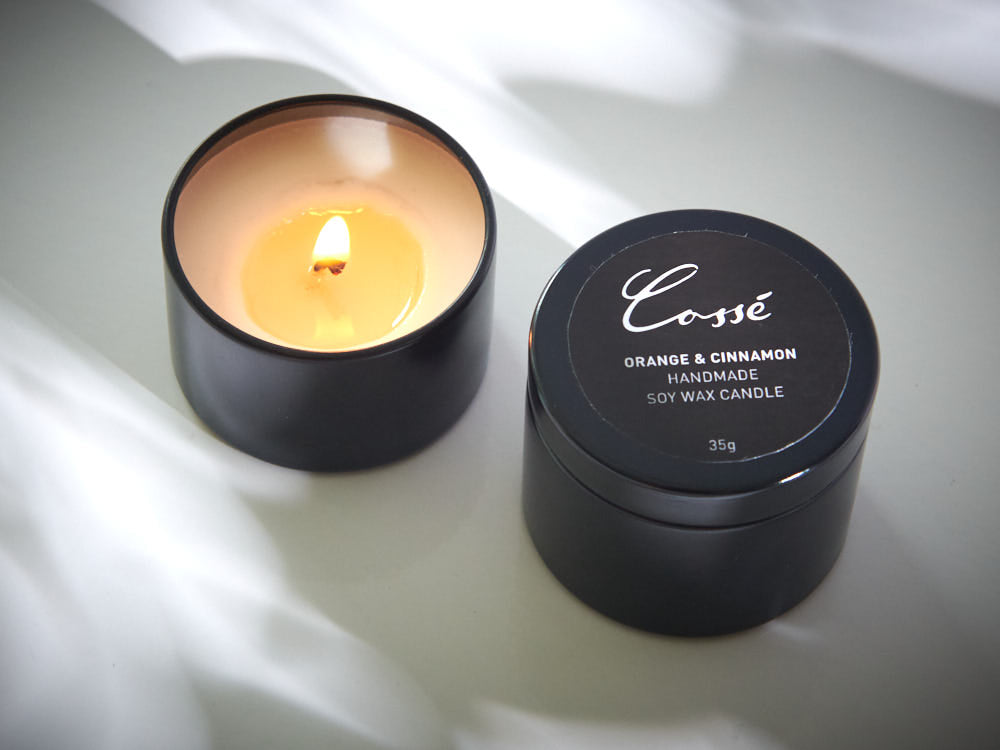Create Ambiance with Handcrafted Soy Wax Candles and Home Fragrance
Create Ambiance with Handcrafted Soy Wax Candles and Home Fragrance
Blog Article
From Wick to Wax: Recognizing the Chemistry Behind Soy Wax Candles and Their Environmental Impact
As we brighten our areas with the warm glow of candles, there exists a world of intricate chemistry behind the relatively simple act of lighting a soy wax candle light. The option between soy and paraffin wax prolongs beyond plain visual appeals, delving into the world of environmental impact and the extremely composition of the products. Understanding the molecular framework of soy wax and its burning procedure clarifies the exhausts released into our surroundings. Join us as we unravel the scientific ins and outs behind soy wax candles and discover their effects on our environment.
Soy Wax Vs. Paraffin Wax
When comparing soy wax and paraffin wax for candle light production, it is vital to comprehend the distinct qualities and benefits of each product. Soy wax is a natural, sustainable resource acquired from soybean oil, making it naturally degradable and environment-friendly - home fragrance. In contrast, paraffin wax is a byproduct of oil refining, which raises issues concerning its environmental impact and sustainability
Soy wax candles shed cleaner and produce much less soot contrasted to paraffin wax candle lights, making them a much healthier selection for indoor air high quality. Additionally, soy wax has a lower melting point, permitting a longer-lasting candle that disperses scent better. Paraffin wax, on the other hand, tends to burn faster and much less cleanly, potentially launching dangerous chemicals right into the air.
From a sustainability point of view, soy wax is favored for its biodegradability and eco-friendly sourcing, lining up with the expanding customer preference for environmentally conscious items. While paraffin wax has been a traditional selection in candle light making because of its cost and convenience of use, the change towards environmentally friendly alternatives like soy wax is gaining energy in the sector.
Chemical Composition of Soy Wax

Burning Process in Soy Candles
The chemical structure of soy wax directly affects the burning process in soy candle lights, impacting factors such as burn time, fragrance launch, and ecological effect. When a soy candle is lit, the heat from the flame thaws the wax near the wick.
The combustion efficiency of soy candle lights is affected by the pureness of the soy wax and the quality of the wick. Furthermore, soy wax candle lights have a reduced ecological impact compared to paraffin candles due to their sustainable and eco-friendly nature.

Environmental Benefits of Soy Wax

Taken into consideration a lasting alternative to standard paraffin wax, soy wax supplies significant environmental benefits that make it a popular selection amongst eco-conscious consumers. Soy wax burns cleaner and produces much less residue than paraffin wax, adding to better indoor air quality and lowering the requirement for cleansing check this site out and maintenance. Overall, the environmental advantages of soy wax align with the growing demand for lasting and environmentally friendly products in the market.
Recycling and Disposal Considerations
Reusing and correct disposal of soy wax candles play a critical role in maintaining environmental sustainability and decreasing waste in neighborhoods and homes. The first action is to make sure that the candle light has actually burned completely when it comes to recycling soy wax candles. This can be achieved by enabling the candle light check my source to shed up until the wick is no more usable, and after that allowing the staying wax cool and solidify. Once the wax has solidified, it can be thoroughly removed from the container.

In regards to disposal, if recycling is not a choice, soy wax candles are biodegradable and can be securely gotten rid of in many family waste systems. It is constantly advised to check with regional reusing centers or waste management solutions for specific guidelines on candle light disposal to ensure correct handling and you can try this out environmental defense.
Final Thought
In final thought, the chemistry behind soy wax candle lights reveals their environmental benefits over paraffin wax candle lights. Soy wax, acquired from soybean oil, burns cleaner and produces less residue when compared to paraffin wax.
When contrasting soy wax and paraffin wax for candle making, it is important to understand the distinctive features and benefits of each product (soy wax candles).Soy wax candles melt cleaner and send out less residue contrasted to paraffin wax candle lights, making them a much healthier selection for interior air high quality.Taken into consideration a sustainable alternative to traditional paraffin wax, soy wax supplies significant environmental benefits that make it a prominent choice amongst eco-conscious customers. Soy wax burns cleaner and produces less residue than paraffin wax, contributing to much better indoor air top quality and decreasing the need for cleansing and upkeep.In conclusion, the chemistry behind soy wax candles discloses their ecological benefits over paraffin wax candle lights
Report this page